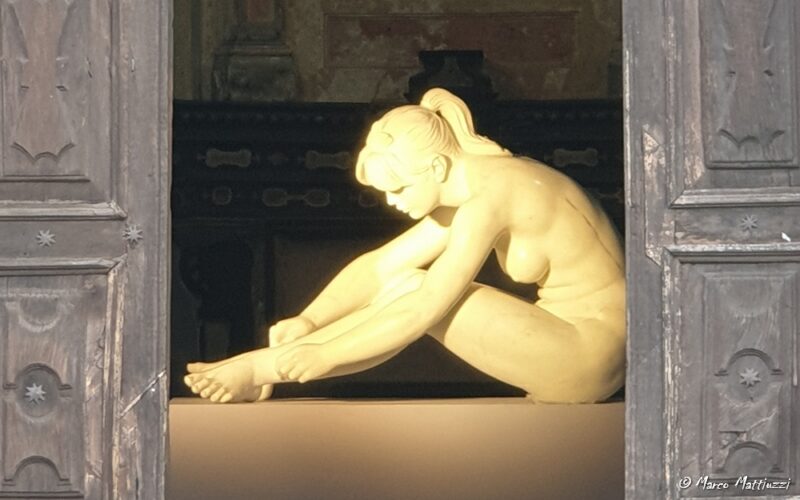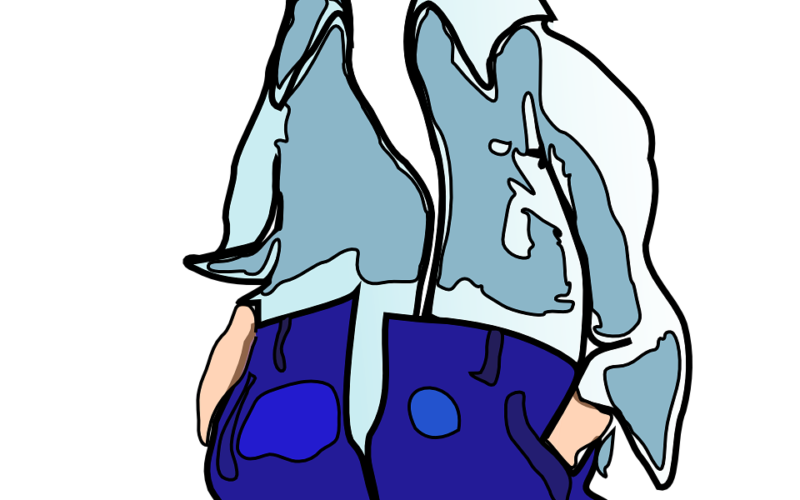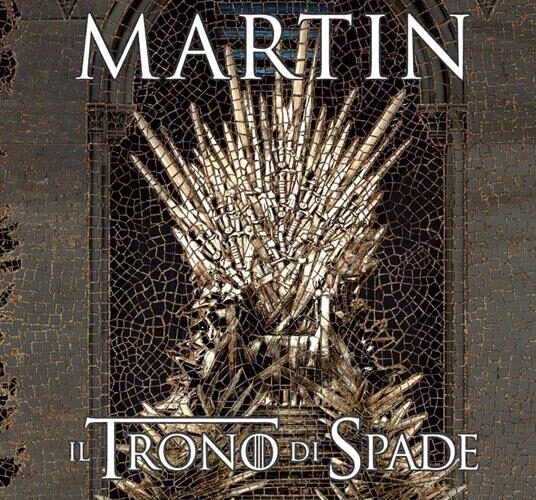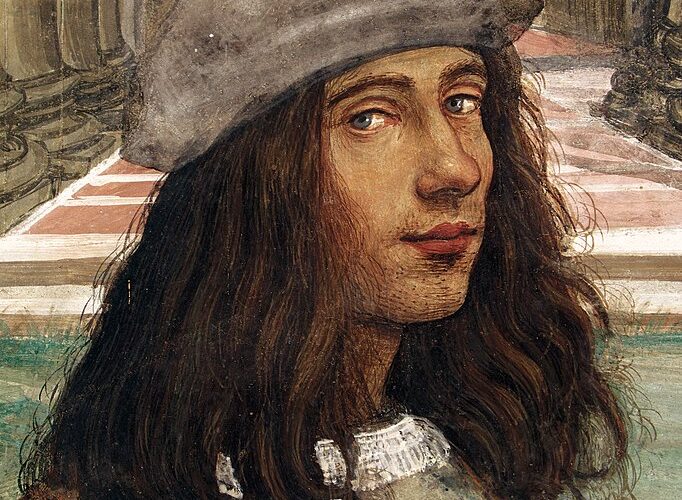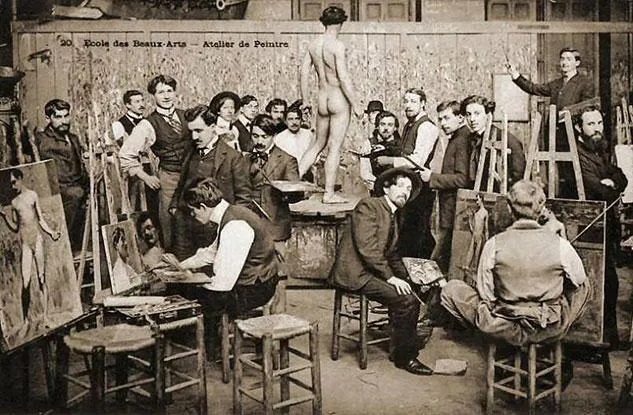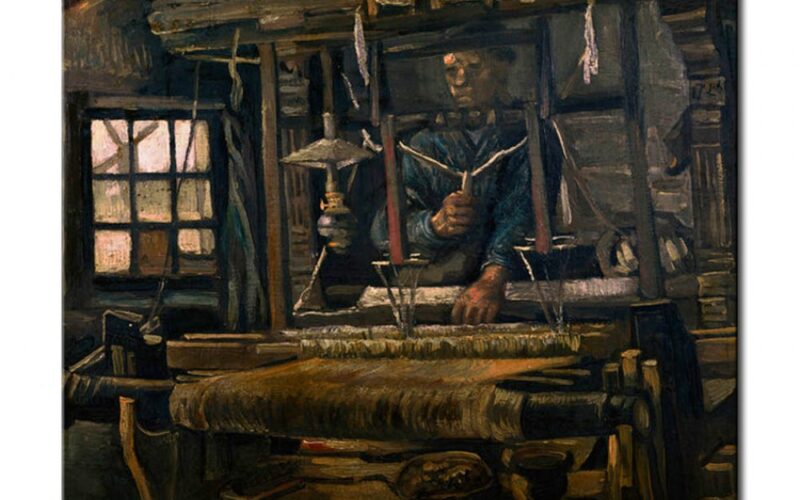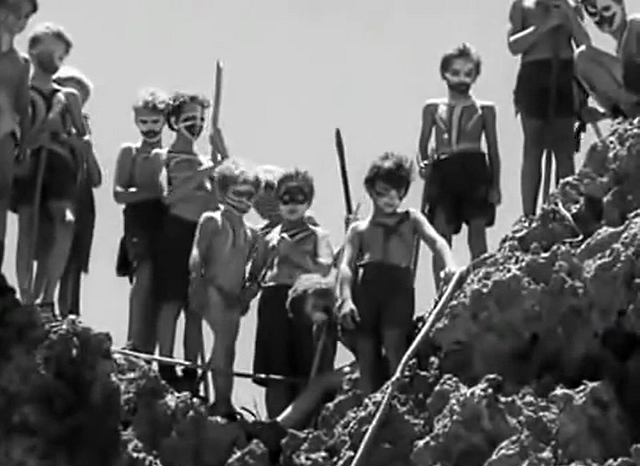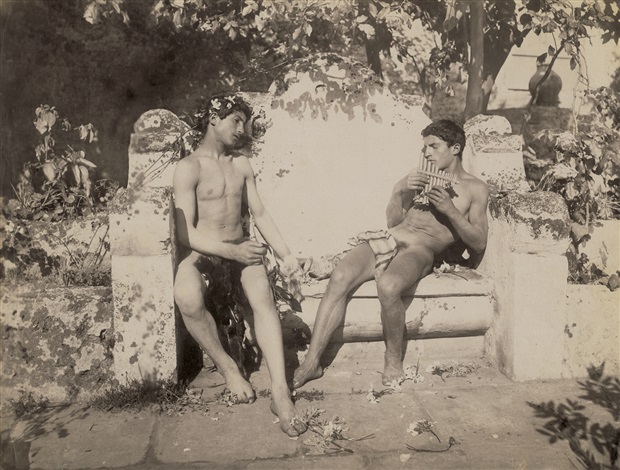
Evocative Artistry: Wilhelm von Gloeden’s Photographic Rebellion
Art, in its purest form, has always had the power to evoke emotions, spark debates, and sometimes, disrupt the existing order. Wilhelm von Gloeden, a German photographer active between the late 19th and early 20th centuries, epitomizes this evocative power. Best known for his photographs of nude or semi-nude Sicilian youths, often set against picturesque ruins or bucolic landscapes, Gloeden wove art and scandal into an inseparable bond. Nudes and the Revival of the Greek Myth: Gloeden's Aesthetic Revolution Sicily, particularly Taormina, has always been a melting pot of cultures, a place where Greek, Roman, and Arab influences have blended…

